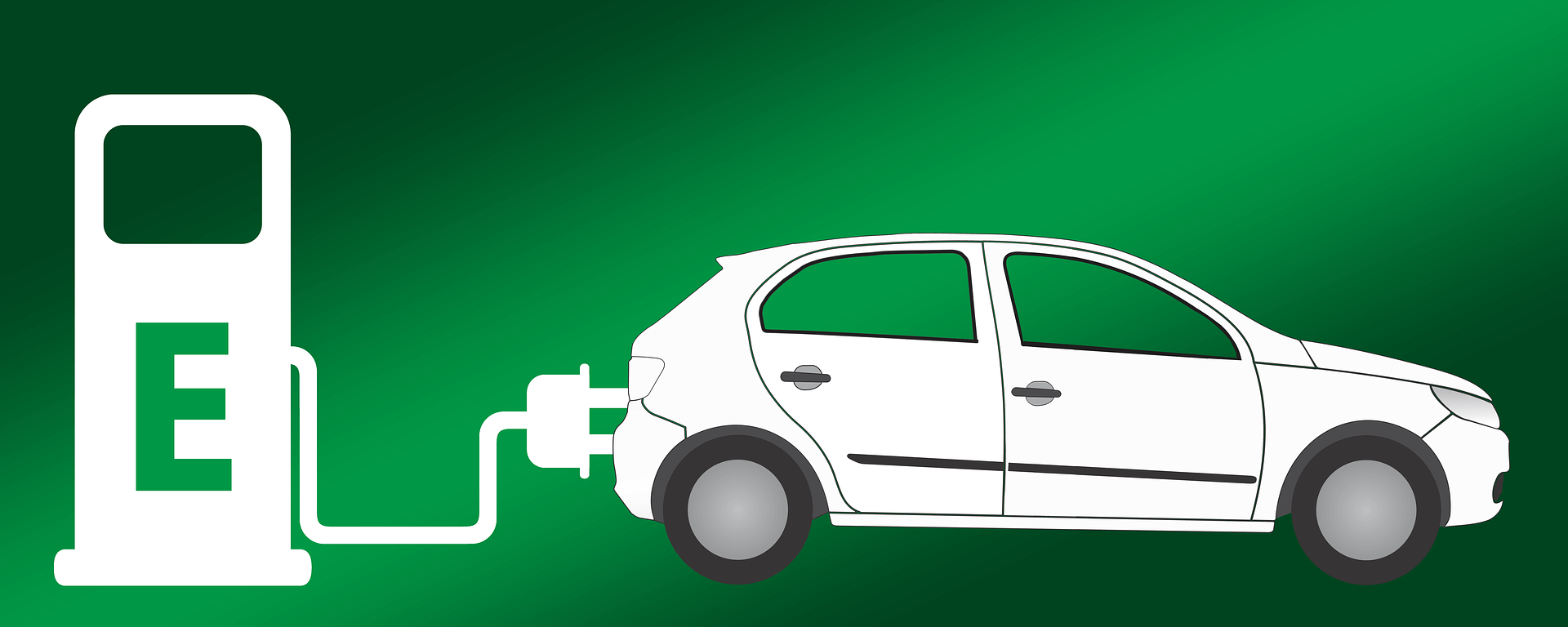News
Electromobility: What owners of e-cars need to consider when insuring their vehicles Basically, the switch to e-cars does not cause too many difficulties in terms of insurance: Motor vehicle liability insurance is mandatory, partial and fully comprehensi

Electromobility: What owners of e-cars need to consider when insuring their vehicles
Basically, the switch to e-cars does not cause too many difficulties in terms of insurance: Motor vehicle liability insurance is mandatory, partial and fully comprehensive insurance are still voluntary components, and when switching from a combustion engine to an electric car, it is also possible to keep the old liability or comprehensive insurance.
However, it is important to note that with an e-car, owners face new risks, which should also be specially insured. Only those who know these risks and ask about them are properly covered in an emergency.
Risk number 1: The battery
If the battery is damaged or lost, the damage can be very high. Manufacturer's guarantees for manufacturing defects are pointless in the case of lightning, overvoltage or operating errors. Insurers therefore like to recommend all-risk covers that also offer comprehensive cover in the event of self-inflicted accidents or vandalism. The owner should also ask whether the insurer will pay the full replacement value. There are big differences, some only pay up to 5,000 euros, others not at all. They should also ask themselves whether the insurer will also cover the disposal costs and what applies if the car is driven with a leased battery.
Risk number 2: Charging
If you drive electrically, you can charge your car privately, for example by permanently installing a so-called wallbox. However, it should be clarified whether the wallbox is protected against fire, water, storm and vandalism by the framework contracts of the building insurance. Furthermore, it should be clarified what happens if the car is connected to a public charging station and damage occurs. If this circumstance remains unclear in the contract, you should ask the insurer for information beforehand. Finally, a so-called "electronics insurance" could be considered as an alternative, which is also liable in case of operating errors, clumsiness, intent, short circuit or material defects. Damage caused by hacker attacks is also becoming more and more realistic due to the increasing digitalisation of mobility.
Risk number 3: Keeping track of tariffs
A current tariff analysis has shown that the providers currently differ considerably in the services they offer. How the rates for e-mobility will develop in the future will only become clearer when more electric vehicles are on the road and comprehensive damage statistics are available. It is to be feared that they will rise, because electronic damage is usually neither simple nor cheap.
Two-wheelers
Classic e-bikes (up to 25 km/h maximum speed) do not need to be insured. In the event of an accident, private liability insurance should cover it. Faster pedelecs with a maximum speed of up to 45 km/h, on the other hand, are considered mopeds with compulsory insurance and helmets.
In summary, the same applies to scooters, pedelecs and e-cars: If there is any uncertainty, you should ask your insurer. At best, written confirmations are required so that the insurance protects against risks and does not become a risk itself.
